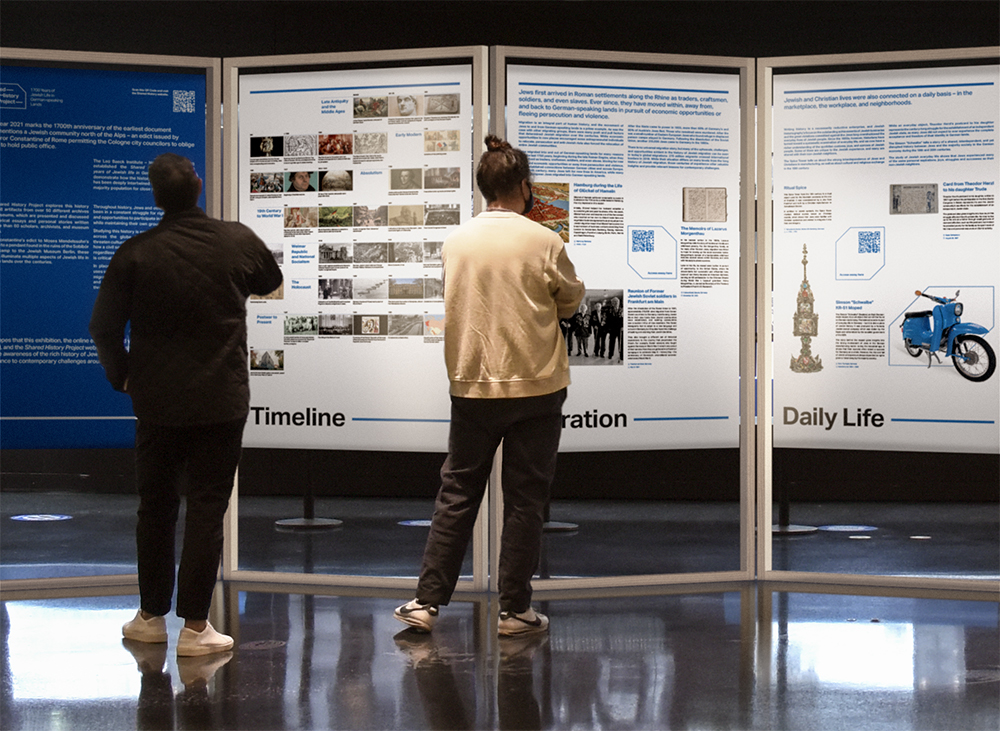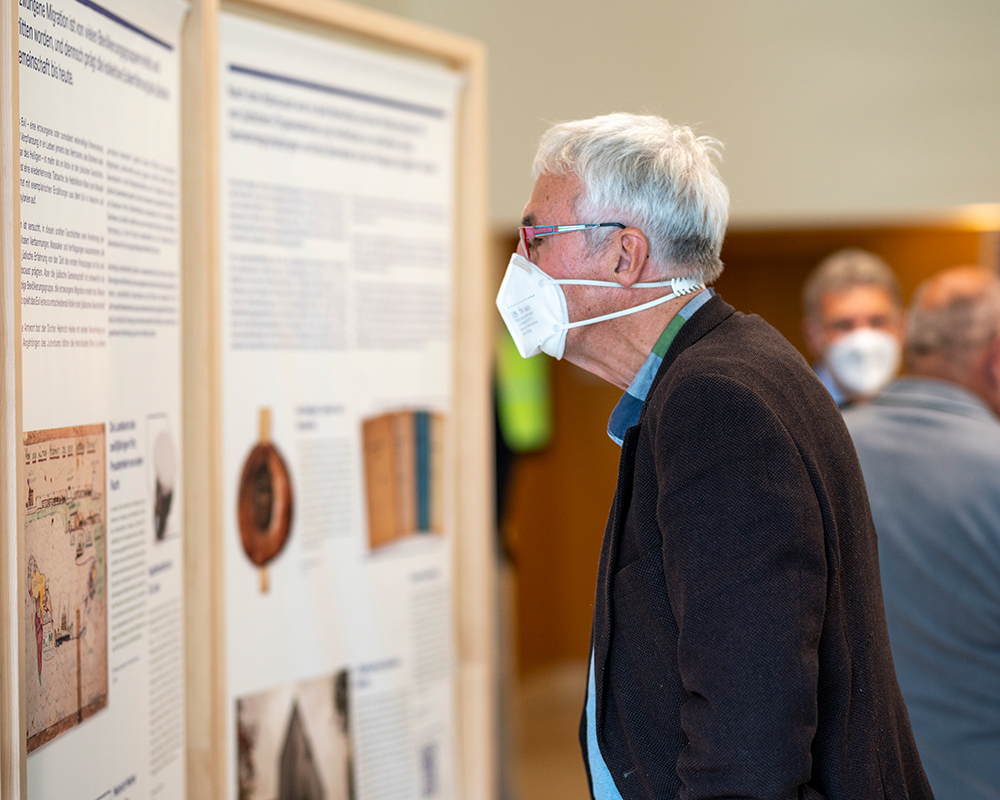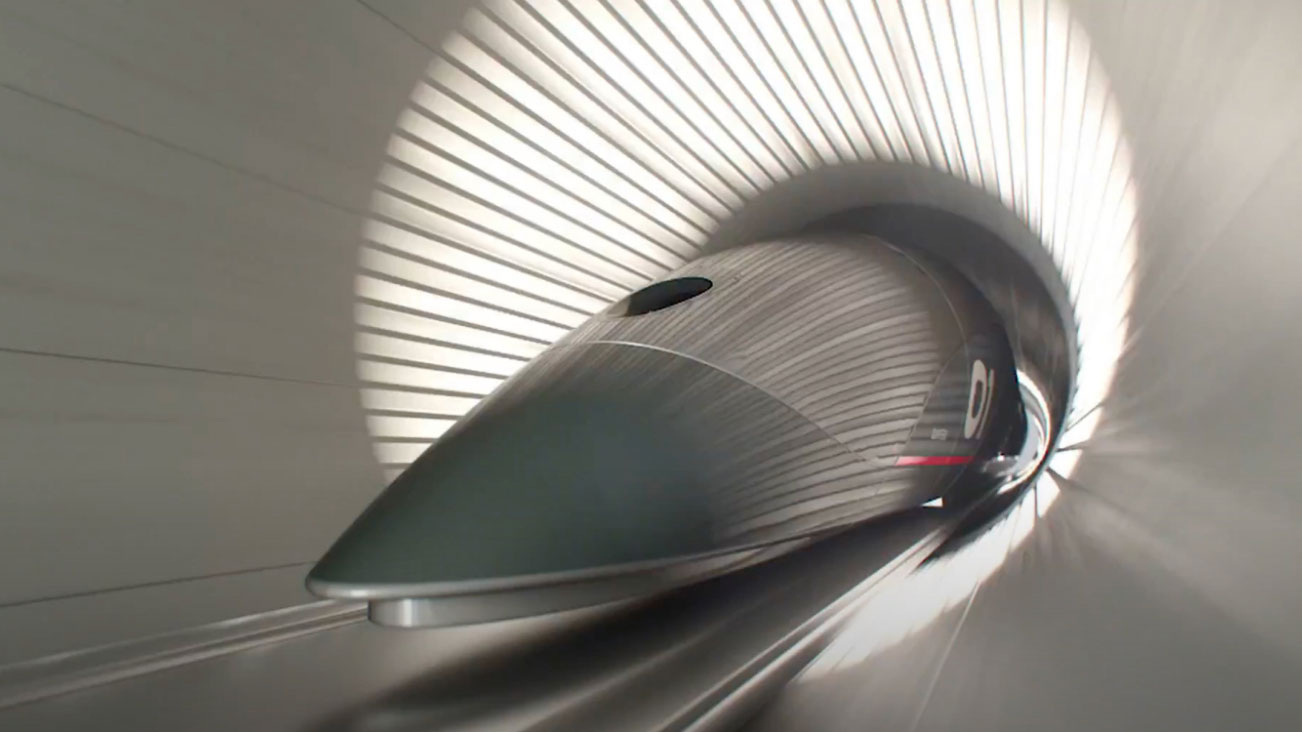Shared History Project
The goal of the Shared History Project is to convey the relevance of historical events to the present and make history useful in educational settings and intercultural contexts by making a museum globally accessible.
The Shared History Project logo encapsulates the project’s goals — a two-dimensional shape that conveys the idea of a projection — a coming forth of the connection between cultures across time. This consideration of projection and time becomes the visual language that the following applications adopt.
An interactive timeline guides the users through various epochs of Jewish life in German-speaking lands. Each week an object is released and users can view the object — sometimes in three dimensions with the use of photogrammetry — and get closer to historic moments full of detailed information without having to traverse the globe to see these items from various collections.
Items, like the earring below, can be viewed in 360 degrees. They can be seen from every angle at high resolution to give the user the experience of holding and interacting with a museum exhibit they would otherwise be unable to touch. The interaction and memory retention principle ensures that lessons learned from the Shared History Project remain with the user long after visiting the exhibit.
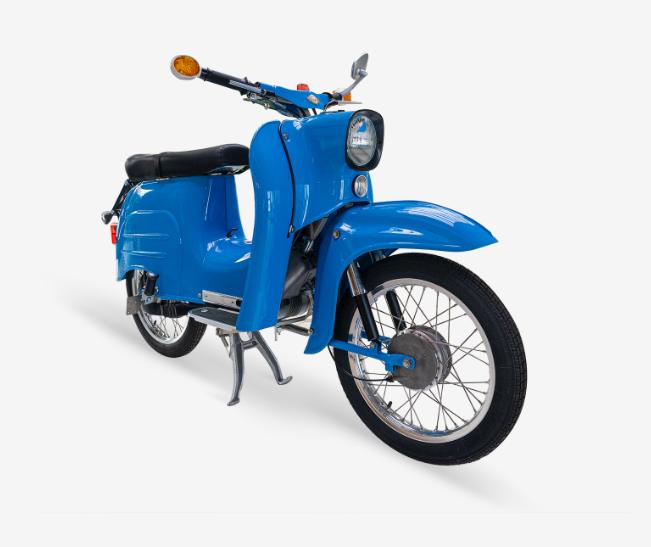
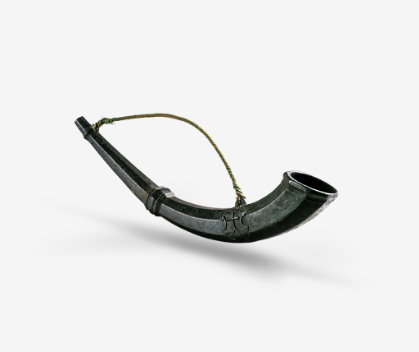
The website also features a completely virtual museum space that can be viewed on any device from desktop to phone and even a VR headset for a completely immersive and groundbreaking experience. The VR experience uses a single metallic tube system to represent the 1700 year timeline that becomes the pedestal for objects and gateways to 360 photographs of historic locations.
Following the success of the Shared History Project website and virtual museum, there was a demand for a more tangible exhibition that could extend the reach of the project’s mission of raising awareness about different cultures living in a shared environment. 360DESIGN developed a traveling exhibition of 12 standing modular panels that could be arranged in multiple configurations depending on the space they needed to occupy.
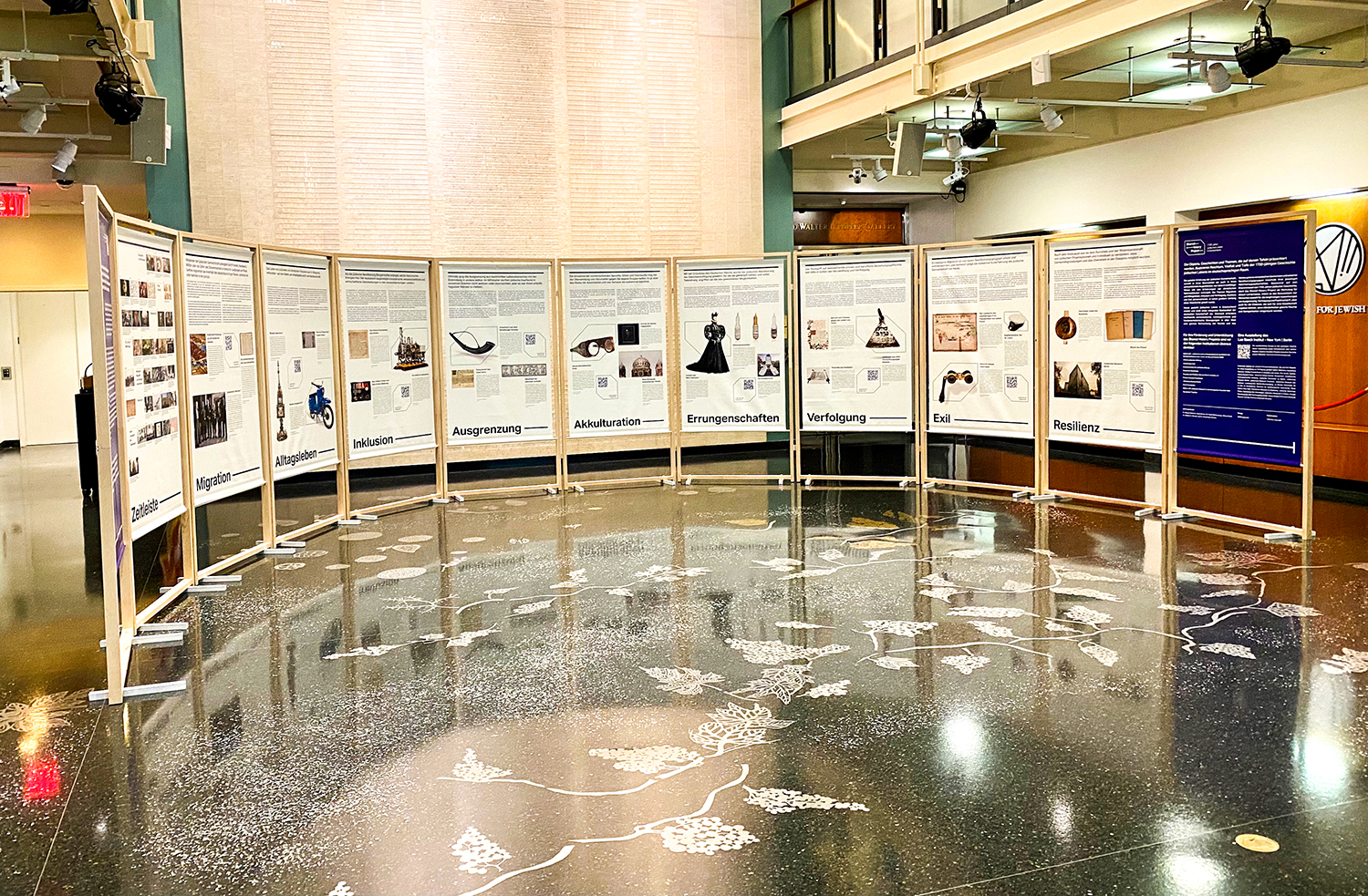
The panels fold and collapse and fit into a custom fabricated case that can then travel around the globe to various cultural institutions to be erected and packed away for another location. Rather than using a timeline format for the structure of information, each panel dives into a specific theme that traverses time and highlights three historical objects to illustrate the importance of that theme. The exhibition was designed in two sets, one in English and one in German depending on their final destination.
